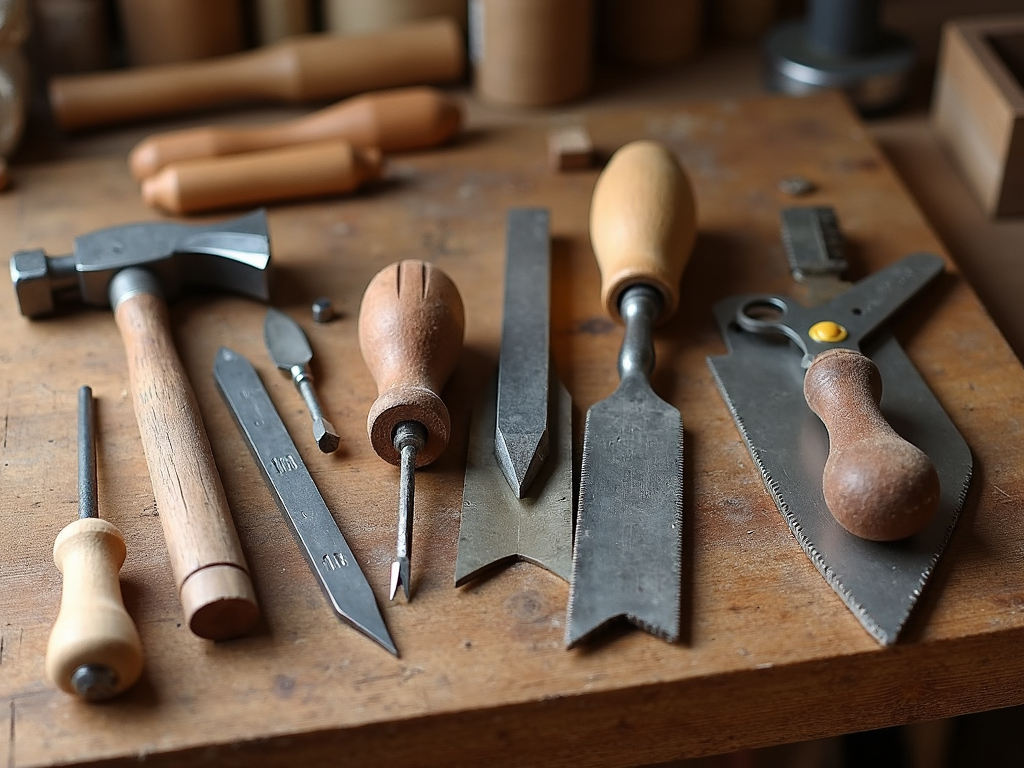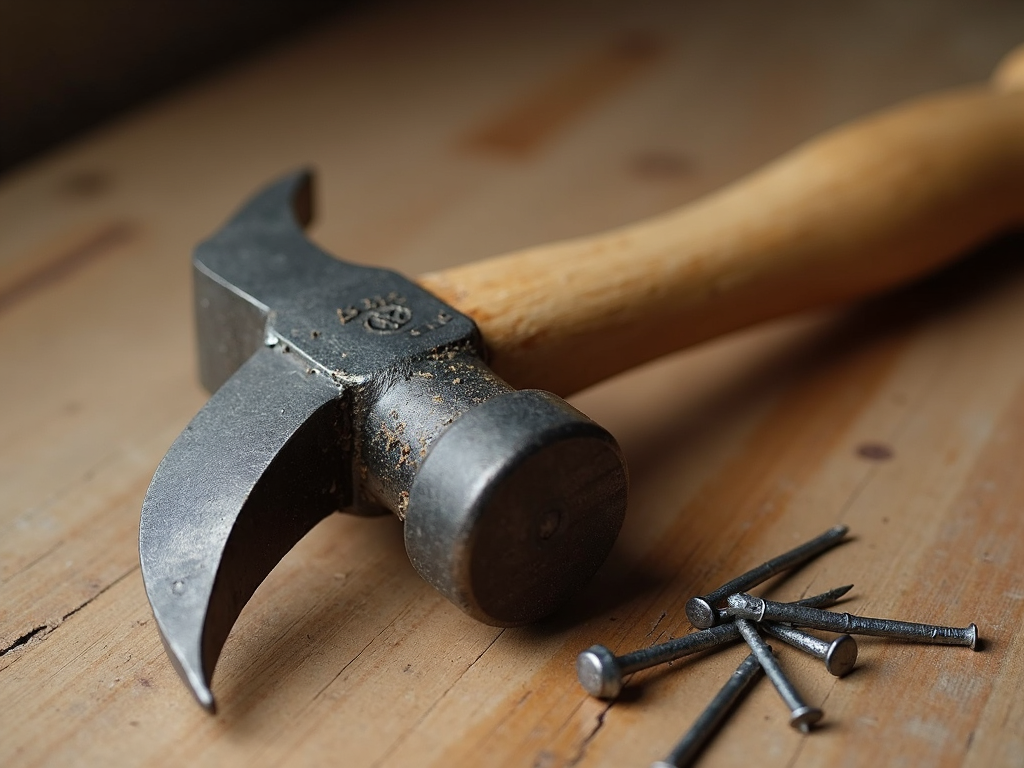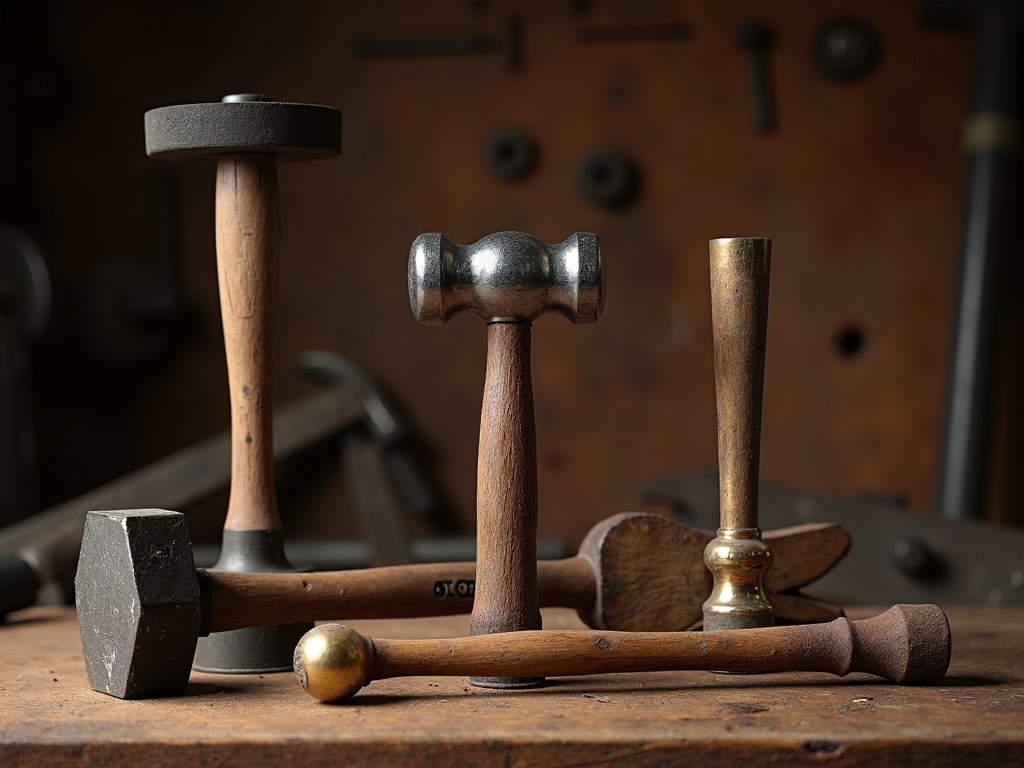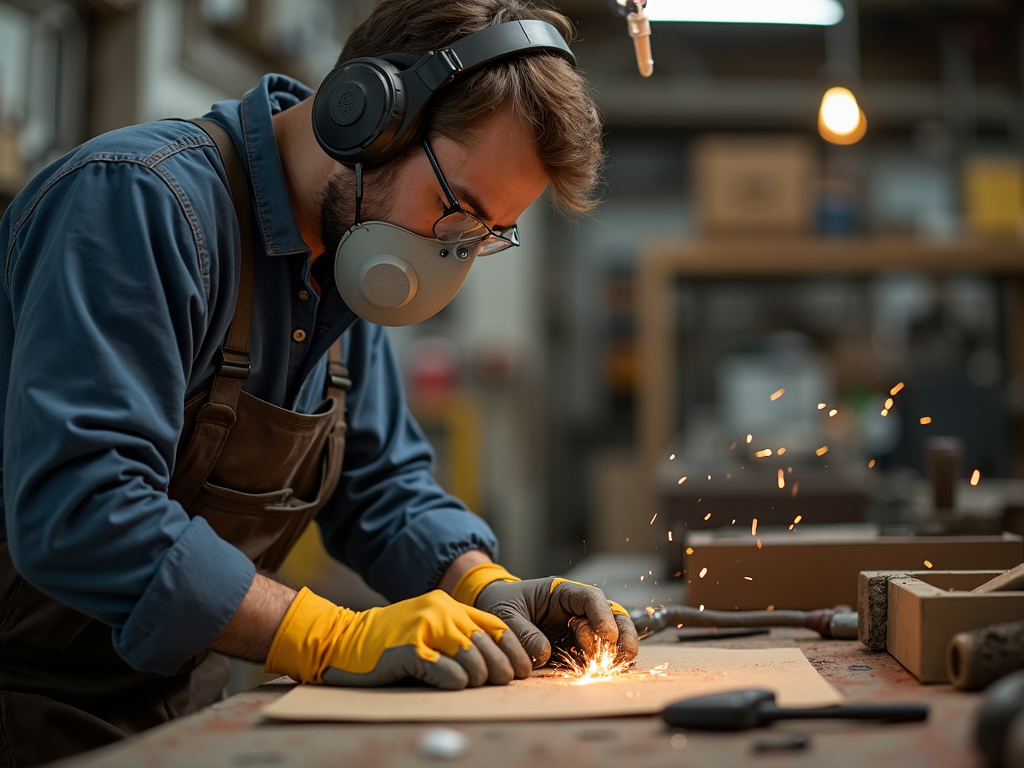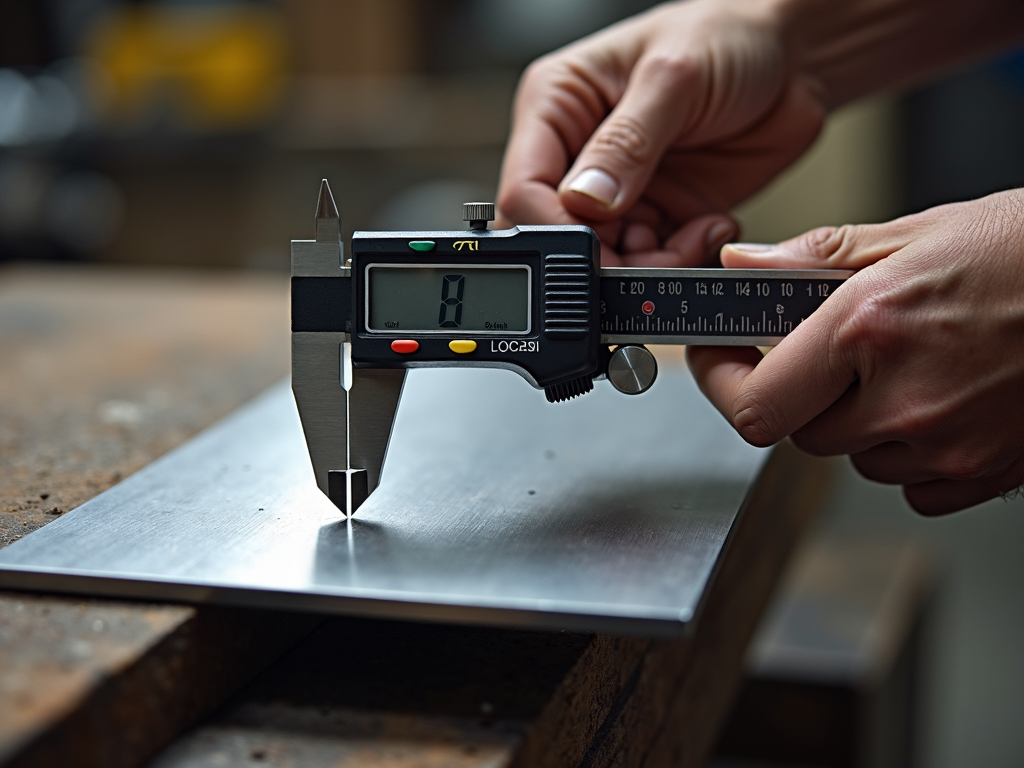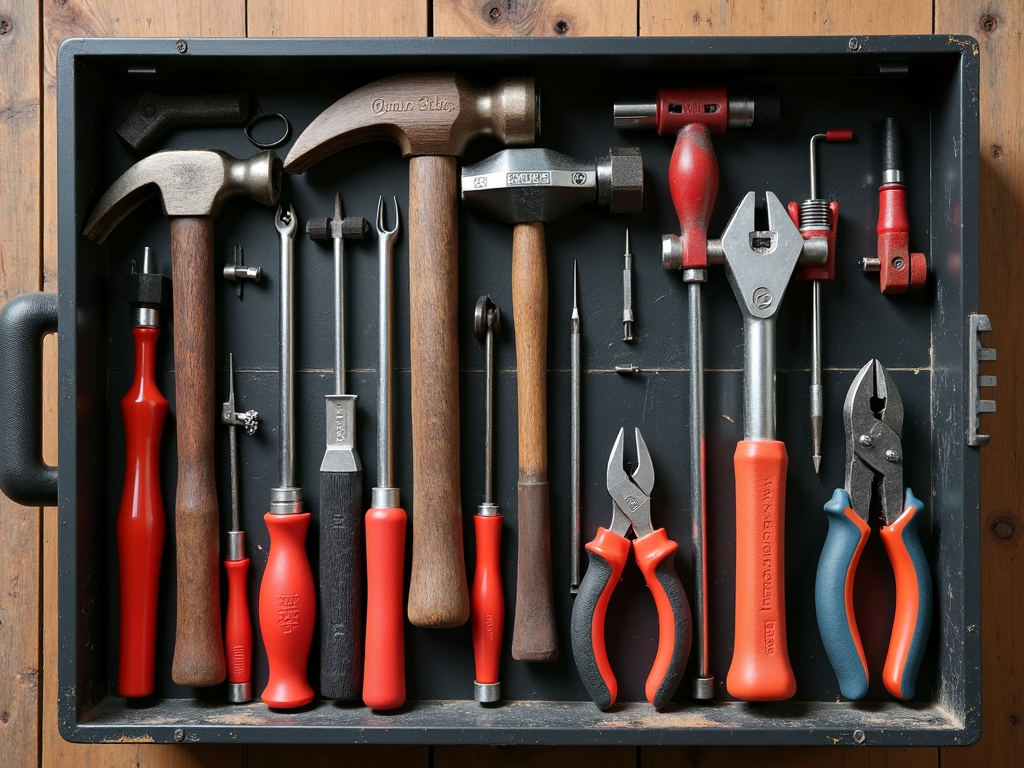Having the right power tools in your home workshop can make all the difference in tackling DIY projects efficiently and safely. Whether you're a seasoned DIY enthusiast or just starting out, equipping your workshop with the essential tools is crucial. In this article, we'll explore the top power tools every home workshop should have, along with power tools safety guidelines to ensure you use them effectively. From versatile power drills to must-have saws and sanders, we'll cover everything you need to know to build a functional and safe workshop.
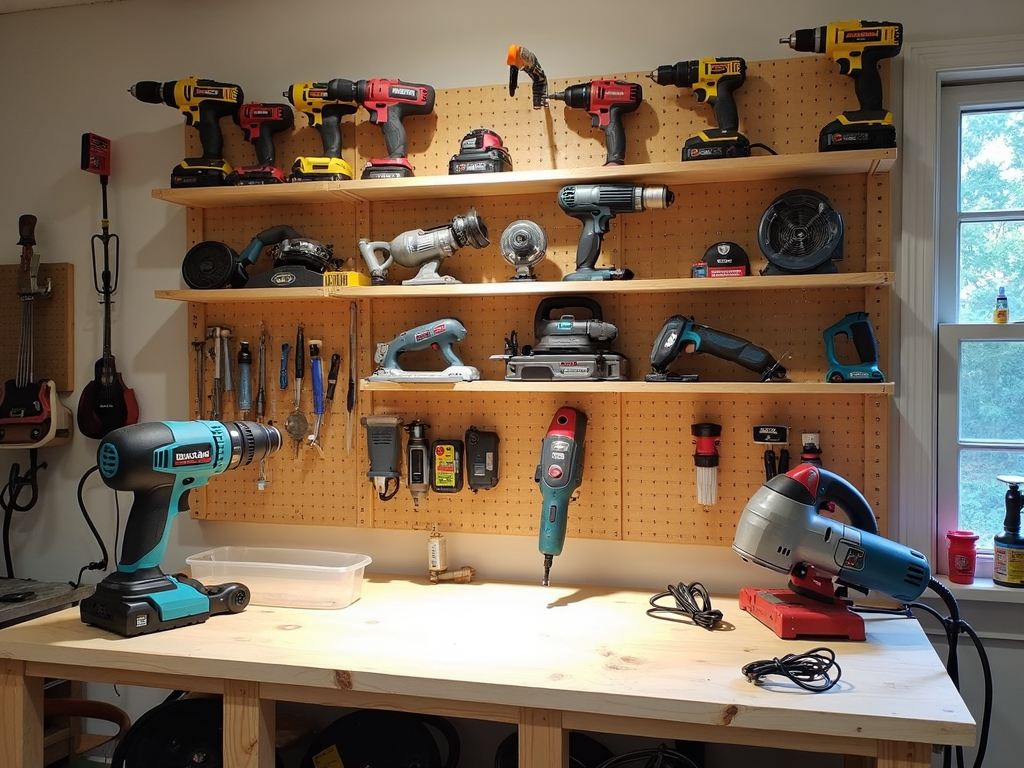
Why Power Tools Are Essential for Your Home Workshop
Power tools are the backbone of any home workshop. They save time, increase precision, and make even the most challenging tasks manageable. Unlike manual tools, power tools can handle repetitive tasks with ease, reducing fatigue and improving efficiency. However, with great power comes great responsibility—following power tools safety guidelines is essential to prevent accidents and ensure a safe working environment.
1. Power Drills: The Versatile Workhorse
Power drills are arguably the most versatile and indispensable tool in any workshop. Whether you're drilling holes, driving screws, or mixing paint, a good power drill can handle it all. There are two main types of power drills: corded and cordless. Corded drills offer consistent power, while cordless drills provide portability and convenience.
- Choosing the Right Drill: For most home workshops, a cordless drill with a lithium-ion battery is ideal. Look for a drill with variable speed settings and a clutch to control torque.
- Personal Insight: I once tackled a project to build a custom bookshelf, and my cordless drill was a lifesaver. It allowed me to work in tight spaces without worrying about power outlets, and the adjustable clutch prevented me from overdriving screws.

2. Circular Saws: Precision Cutting Made Easy
A circular saw is essential for making straight cuts in wood, plywood, and even metal (with the right blade). It's perfect for projects like building shelves, cutting lumber for framing, or trimming doors.
- Safety Tip: Always wear safety goggles and hearing protection when using a circular saw. Ensure the blade guard is functioning properly to prevent accidental contact.
- Maintenance: Keep the blade sharp and clean to ensure smooth cuts and prolong the life of the saw.
3. Jigsaws: For Curved and Intricate Cuts
While circular saws excel at straight cuts, jigsaws are perfect for curved or intricate cuts. They're ideal for cutting shapes in wood, metal, or plastic, making them a must-have for detailed projects like crafting or furniture making.
- Tip: Use a slower speed for harder materials and a faster speed for softer materials to achieve the best results.
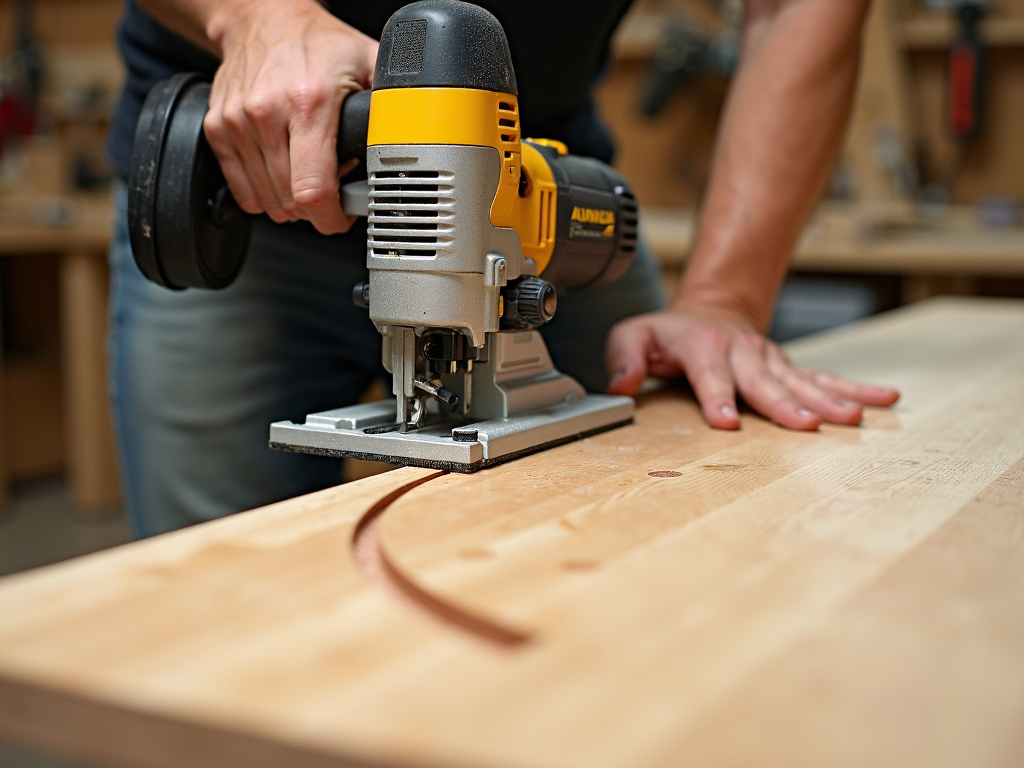
4. Sanders: Achieving a Smooth Finish
Sanders are essential for smoothing surfaces, removing old paint, or preparing wood for staining. There are several types of sanders, including orbital sanders, belt sanders, and detail sanders.
- Orbital Sanders: Great for general sanding tasks and achieving a smooth finish.
- Belt Sanders: Ideal for heavy-duty sanding and removing large amounts of material quickly.
- Detail Sanders: Perfect for getting into tight spaces and corners.
Personal Insight: When refinishing an old wooden table, I used an orbital sander to strip the old varnish and smooth the surface. It saved me hours of manual sanding and gave me a professional-looking finish.
5. Angle Grinders: For Cutting, Grinding, and Polishing
Angle grinders are incredibly versatile tools that can cut, grind, and polish a variety of materials, including metal, stone, and concrete. They're essential for tasks like sharpening blades, removing rust, or cutting tiles.
- Safety Tip: Always use the appropriate guard and wear protective gear, including gloves and a face shield, when using an angle grinder.
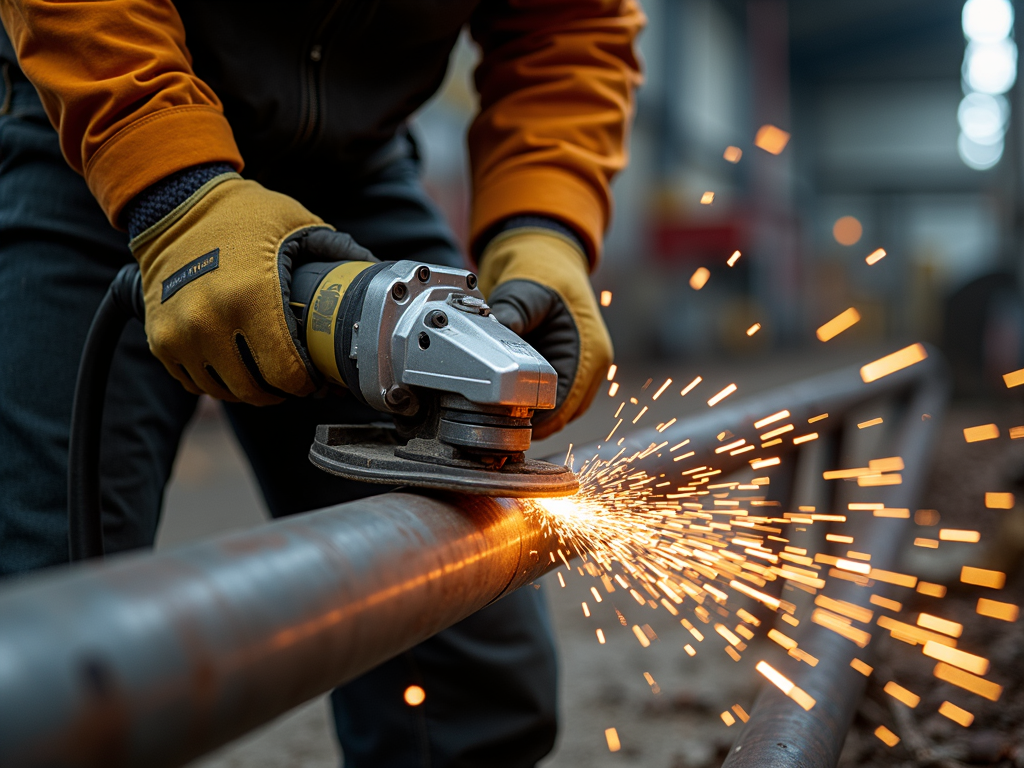
Power Tools Safety Guidelines
Safety should always be your top priority when working with power tools. Here are some essential power tools safety guidelines to follow:
- Wear Appropriate Safety Gear: Always wear safety goggles, hearing protection, and gloves. For certain tools, a face shield or dust mask may also be necessary.
- Inspect Tools Before Use: Check for damaged cords, loose parts, or dull blades. Never use a tool that's not in good working condition.
- Use Tools for Their Intended Purpose: Avoid using tools for tasks they're not designed for, as this can lead to accidents.
- Keep Your Workspace Clean: A clutter-free workspace reduces the risk of accidents and makes it easier to focus on the task at hand.
- Unplug Tools When Not in Use: This prevents accidental startups and ensures safety when changing blades or bits.
Maintaining Your Power Tools
Proper maintenance is key to extending the life of your power tools and ensuring they perform at their best. Here are some tips:
- Clean Tools After Each Use: Remove dust, debris, and residue to prevent buildup.
- Sharpen Blades and Bits Regularly: Dull tools are not only less effective but also more dangerous.
- Store Tools Properly: Keep tools in a dry, cool place, and use protective cases or covers when possible.
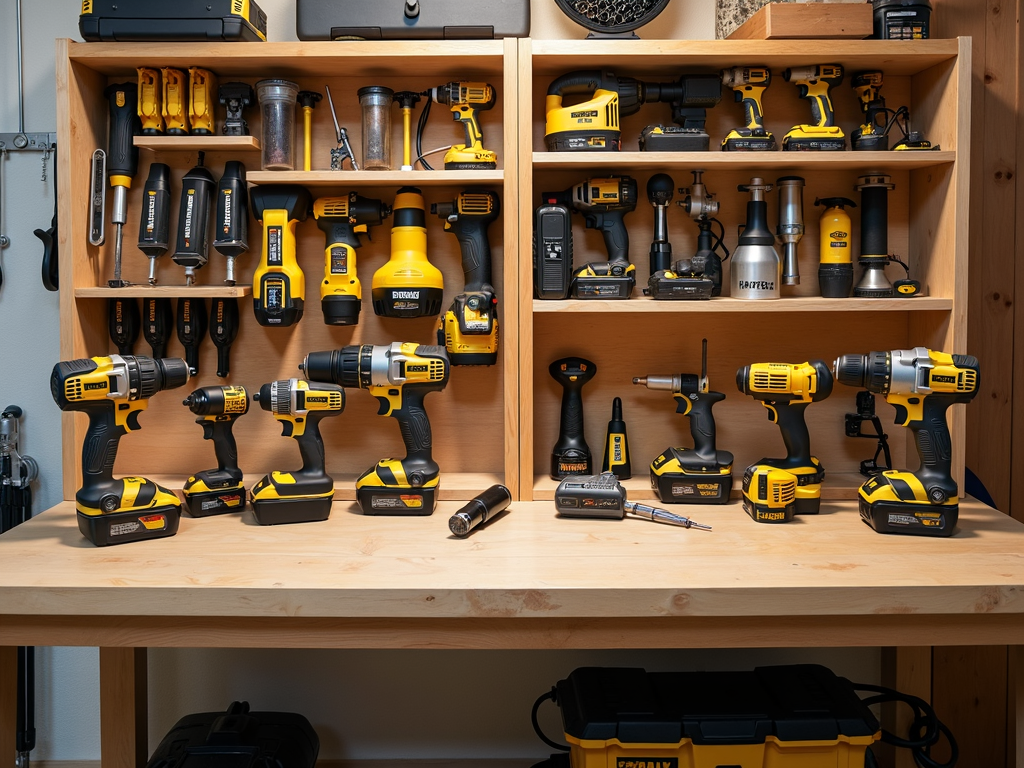
Conclusion
Equipping your home workshop with the right power tools can transform your DIY projects from frustrating to fulfilling. By investing in essential tools like power drills, saws, sanders, and grinders, and following power tools safety guidelines, you'll be well-prepared to tackle any project that comes your way. Remember, the key to a successful workshop is not just having the right ابزارها, but also knowing how to use and maintain them properly.
Related The Top Power Tools Every Home Workshop Should Have:
- Beginner's Guide to Woodworking Tools
- Essential Tools for Every Handyman: A Comprehensive Guide
- The Evolution of Painting Techniques Through History: From Cave Walls to Modern Tools
- Toolbox Essentials: Organizing Like a Pro
- Boost Your Energy: Nutrition Tips for a Productive Day
- Specialty Hammers for Crafts and Hobbies: Essential Tools for Precision Work
- Safety First: Protecting Yourself in the Workshop
- DIY Workshop Safety Tips for Every Hobbyist: A Comprehensive Guide
- How to Prep Your Room for Painting: A Comprehensive Guide
- Essential Workman Tools for Metalworking: A Comprehensive Guide
- Top Workman Tools for Electricians: Must-Haves for Every Job
- Advanced Tool Maintenance Techniques: Ensuring Longevity and Efficiency
